22.09.2021 The EU and migration dynamics - Enrico Di Pasquale, Fondazione Leone Moressa
Wednesday, September 22 at 18.00 was held the meeting "The EU and migration dynamics" at the Cultural Center Candiani, Sala seminariale (first floor), P.le Luigi Candiani 7, Mestre-Venice.
According to a Eurobarometer survey, the European population tends to have a negative perception of immigration. Italy is among the countries with the most negative perception (along with EasternEuropean Countries).
Migration has been a global and globalised phenomenon for some time now. In the last twenty years, in the world, international migrants (those living in a country other than the one in which they were born) have gone from 192 to 272 million and today represent 3.5% of the global population.
In recent years there has been a sharp increase in forced migrants, who exceeded 86 million in 2019. However, of these over half still live in the country of origin, and 67% are in countries of the South of the world. Therefore, the issue of refugees is a subject that only marginally involves Europe: indeed, in relation to the resident population, the countries that receive the most refugees are Lebanon, Jordan, Turkey and Uganda.
There are currently 22 million non-EU citizens in Europe (4.9% of the population), plus 14 million intra-Community migrants (3.2%). In recent years, migration to Europe continued to increase: Residence Permits have doubled from 2011 to 2019, from 1.48 million to 2.96 million. In the composition of the Permissions, those for work have increased (from 28.2% to 40.5%). Permits for humanitarian reasons (under the heading "other") weighed more heavily between 2014 and 2017, before declining again in 2018.
However, at the media level,attention is still catalyzed by the phenomenon of irregular arrivals, which had its peak between 2015 and 2016. Then, following the EU-Turkey agreements (2016) and Italy-Libya (2017), the numbers started to decrease again.
The so-called "refugee crisis" has highlighted the main criticisms of the European asylum system.
Although the European institutions promote a common European asylum system, the situation is still very fragmented. In the first place, there is no legal way to enter Europe to seek international protection. The only way to apply for asylum is to already be in Europe, therefore, the only way to obtain the right to protection is through illegal entry.
of the host country, therefore, it is not in an irregular position (for this it is wrong to speak of "illegal immigrants").
Another major issue is that the management of asylum applications is the responsibility of the Member States, in particular the country of first entry (following the Dublin Regulation).
In 2015, to support the border states, the Juncker Commission launched the Immigration Agenda, with four pillars:
- Reducing incentives to irregular migration
- Managing borders: saving lives and securing external borders
- Honouring the moral duty to protect: a strong common European asylum policy
- A new legal migration policy
In 2018, the EU Council also rejected the proposal to reform the Dublin Regulation, which would introduce some corrections to the current system, in support of the first landing countries.
These are the general references to the principles of solidarity laid down in the Treaties (and punctually disregarded by the States) and to the need to strengthen border controls and repatriation.
Little attention to integration, more to border control. The same EU budget 2021-2027 provides 8.7 billion for FAMI and 10.7 billion for FRONTEX (+ funds for Turkey).
If in recent years it has been said many times that "Europe has not done enough" on immigration, it must be made clear what we mean by "Europe". The institutions in Brussels (Commission and Parliament) have shown great attention to immigration and to the countries most exposed. On the contrary, Eastern countries have succeeded in "boycotting" (or at least downsizing) these initiatives, preferring a "non-management" of migratory phenomena.
In a period of relative "calm" on the front of arrivals by sea, there was no opportunity to reform the asylum system.
The Leone Moressa Foundation is an institute of studies and research born in 2002 from an initiative of the Artisans and Small Enterprises Association of Mestre CGIA, specialized in the study of phenomenologies and problems related to foreign presence in the territory.
In order to disseminate knowledge of the economic value of foreigners in Italy, The Leone Moressa Foundation promotes scientific research aimed at the study of immigration through the collection and processing of data and information on the phenomenon of migration and multi-ethnic relationships.

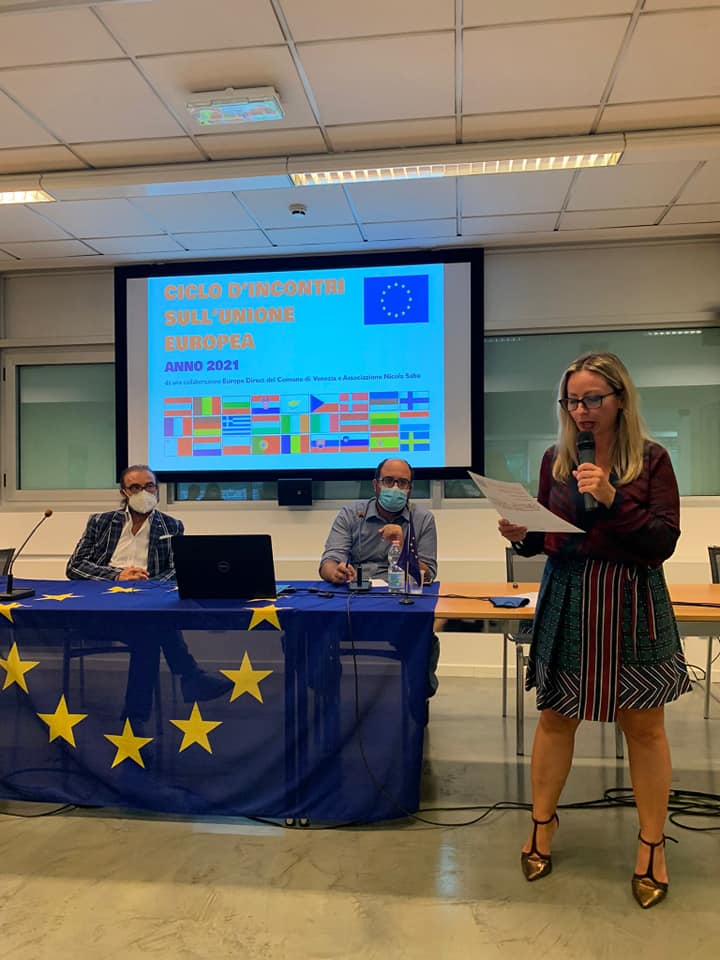
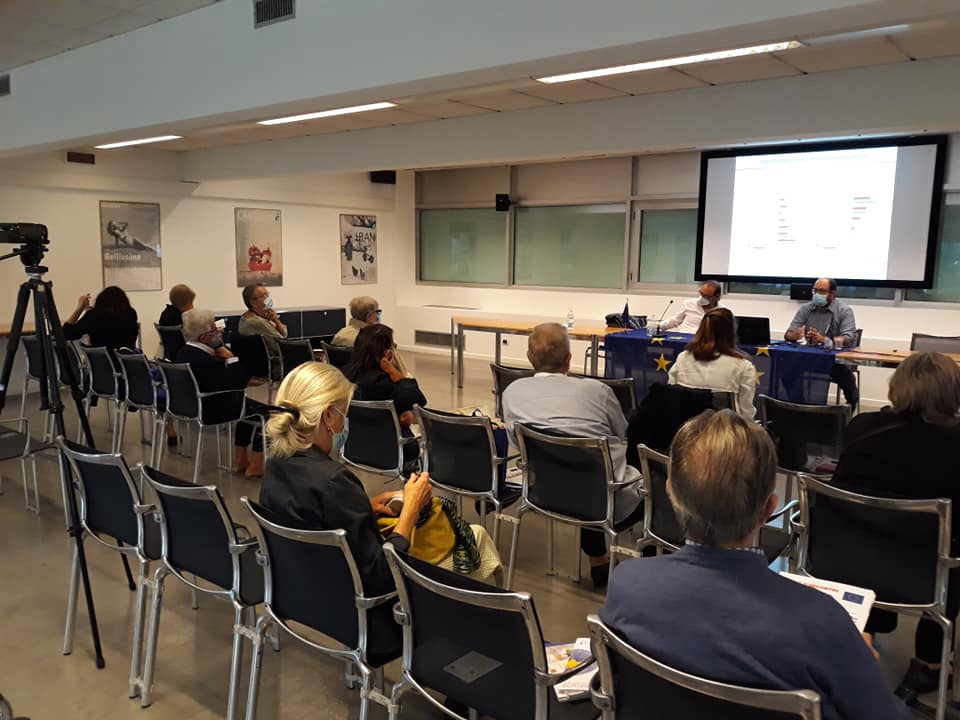
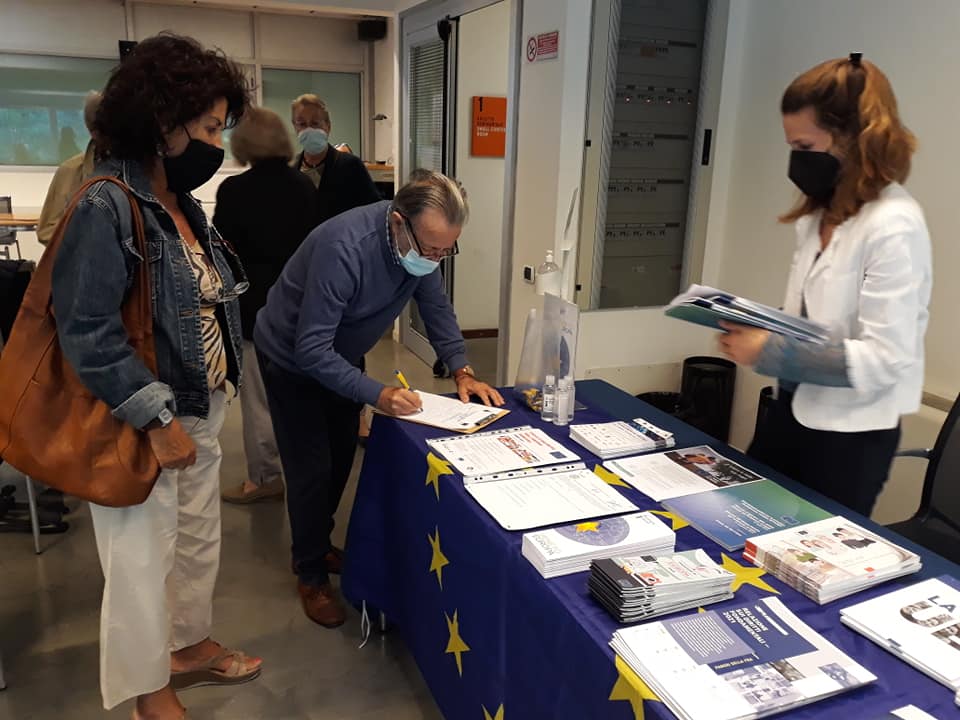
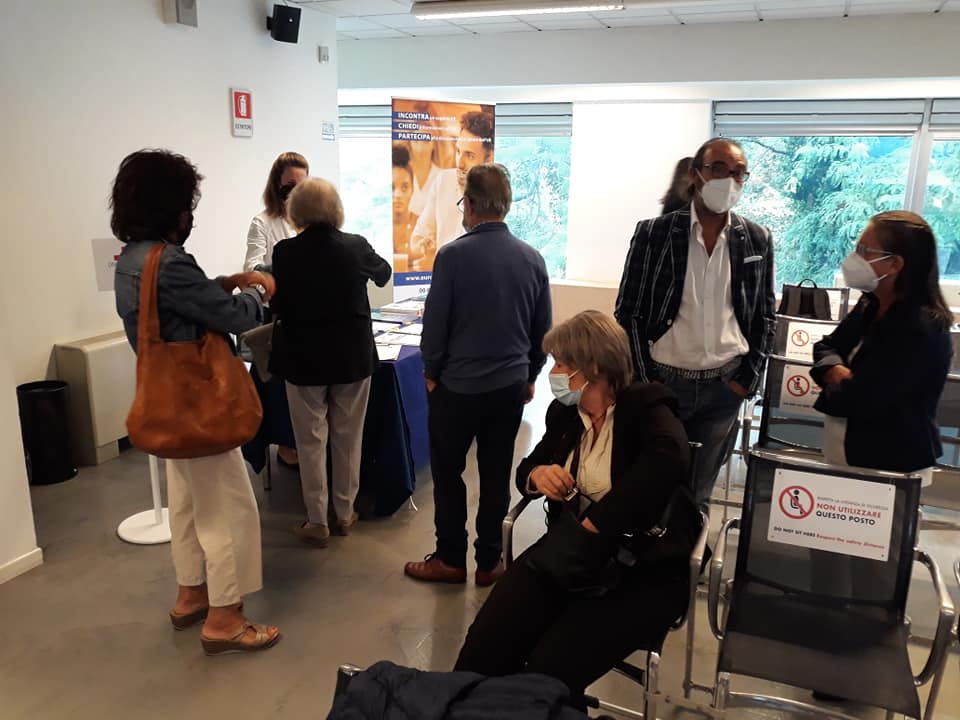
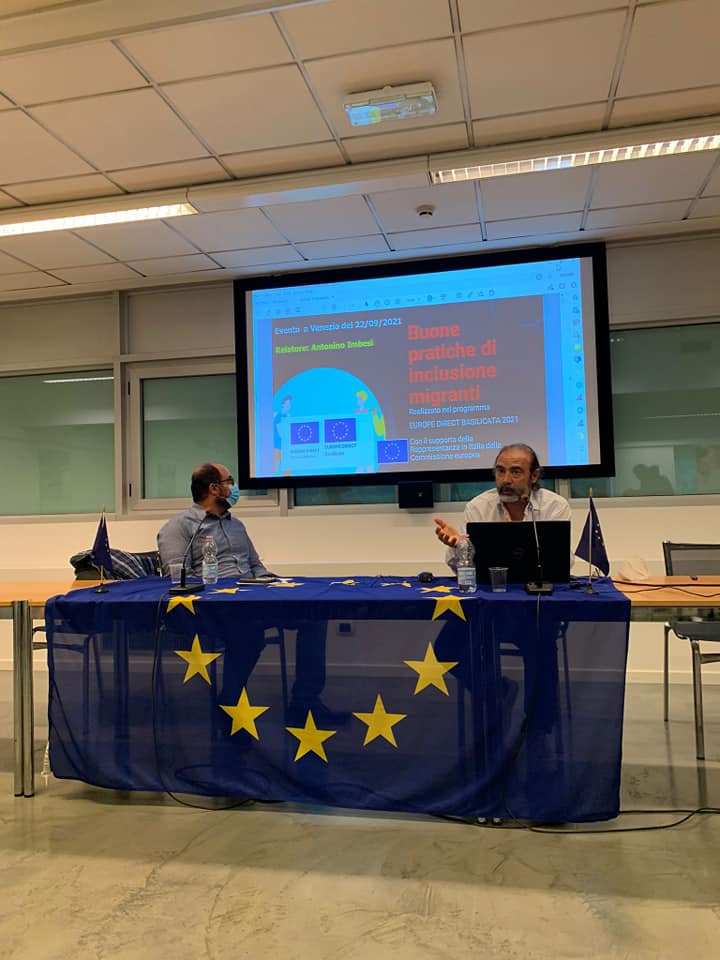
Ca' Farsetti, San Marco 4136 - Venezia
phone number 800 496200
fax 041 2748182
www.comune.venezia.it/europedirect
www.facebook.com/EuropeDirectVenezia
infoeuropa@comune.venezia.it
Via Torre Belfredo 81/E - Mestre Venezia
phone number 041/610734
info@fondazioneleonemoressa.org
 Regione Veneto
Regione Veneto

